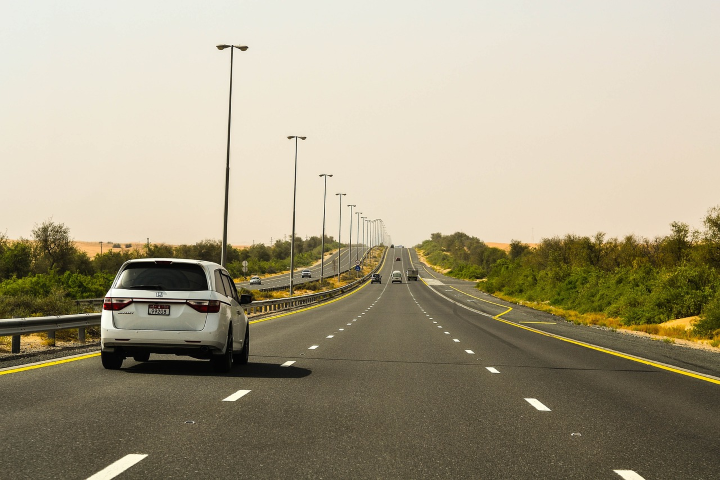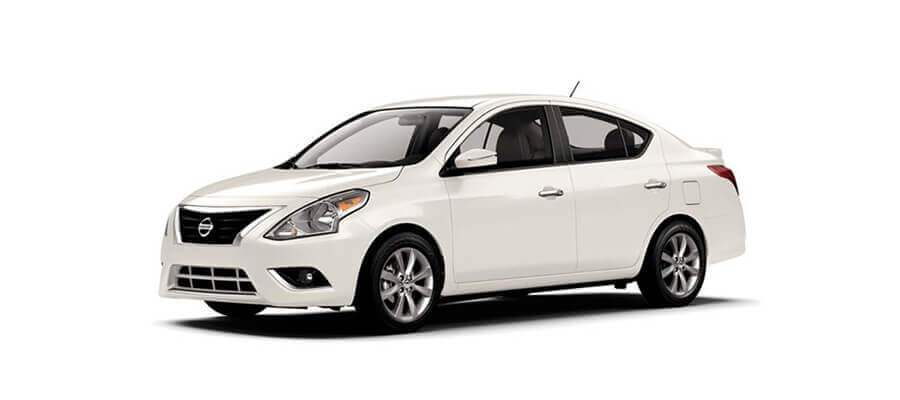
Last Updated: May 29, 2023
For many travelers, the thought of a road trip abroad can be both exciting and intimidating. With different rules of the road, driving in the UAE can differ greatly from what drivers in the US are used to. But there's no need to worry; with the right preparation and knowledge, navigating the roads of this unique and fascinating region can be an incredibly rewarding experience.
From understanding how to obtain a driver's license to learning how to manage fees and insurance, this article will provide an overview of what you need to know before taking a road trip abroad in the UAE.
One of the main differences between driving in the UAE and the US is traffic congestion. It's suggested by every responsible truck accident lawyer to be on the lookout at all times because of the density of the roads in this country. It has some of the biggest cities in the world, and due to its increased population, traffic congestion can be a real issue. Drivers in the UAE must be prepared to face heavy traffic on major highways and roads.

The government has tried to alleviate this problem by investing in public transportation and improving existing infrastructure, but these measures have not been able to keep up with population growth. Traffic jams are common during rush hour, holidays, and religious festivals when people travel for pilgrimages or vacations.
Other contributing factors include poor road planning and lack of parking spaces. In addition, poorly maintained vehicles often lead to accidents or breakdowns on busy roads, further contributing to congested roads.
Driving defensively and being vigilant is crucial in such environments. In the unfortunate event of an accident, it's advisable to immediately call an attorney for big trucking accidents to help you navigate legal matters. The last thing you want to do is find yourself facing hefty fines, penalties, or even jail time.
Lane filtering is a distinct driving practice that sets the UAE apart from the US. Here, motorcycles are permitted to filter between lanes of slow-moving or stationary traffic, allowing them to navigate through congested areas more efficiently. This maneuver is intended to alleviate traffic congestion and provide motorcyclists with greater mobility.
However, lane filtering is not as commonly allowed or accepted in most areas of the US. In the US, motorcycles typically adhere to the same lane restrictions as other vehicles and are not legally permitted to weave between lanes in traffic. The practice of lane filtering in the UAE requires both skill and caution from motorcyclists, as they must carefully maneuver through tight spaces while being aware of the surrounding vehicles. It highlights the unique approach to traffic management and transportation in the UAE compared to the US.
Another huge difference is that traffic rules are taken much more seriously in the UAE. For example, speed limits must be strictly observed, and any violation of these limits will result in a hefty fine or even the impounding of a car. Additionally, drivers must always yield to pedestrians at crosswalks and intersections. They must also use their indicators when turning or changing lanes.
Furthermore, seat belts must be worn at all times by all vehicle occupants, and children under 10 years old must use an appropriate child seat while traveling. Finally, drinking alcohol and being on the phone while driving are illegal offenses that can lead to arrest and hefty fines. These strict traffic rules help to keep roads safe for everyone who uses them and create a pleasant driving experience for residents and visitors alike.
The UAE has built impeccable highways from the major cities and within them, as well as many other roads of various sizes. These roads are also often well-lit, making night driving easier and safer. Additionally, roads in the UAE are usually very wide and have multiple lanes, allowing for easy navigation around traffic.
Driving in the UAE is generally a much smoother experience than in the US. There are fewer traffic jams due to better infrastructure. Traffic signals and signs are also more clearly visible, making it easier to navigate through confusing intersections. Most roads are also well-marked with clear lane lines that make it simpler to stay on track while driving.
In America, stop signs and traffic lights regulate intersections while in the Emirates roundabouts are used instead. They have several advantages over traditional intersection designs such as improved safety, reduced air pollution, lower speed limits, more efficient flow of traffic, and less congestion.
In addition to these advantages, roundabouts in the UAE often feature beautiful architecture or landscaping that adds to their attractiveness. The large diameter of some of them also allows for multiple lanes of traffic which can help reduce congestion even further.
Although roundabouts may seem unfamiliar at first, they can be easy to navigate with a little practice. Having an understanding of how to properly use a roundabout is important for driving safely in the UAE.
The UAE has some of the most strict speed limits in the world, with a maximum speed limit on highways of 120 kilometers per hour (75 mph). This is significantly lower than the speed limit of most US interstate highways, which is usually 75 mph or higher.
Drivers who exceed the speed limit in any part of the UAE can expect to be ticketed, and there are heavy fines for speeding violations. The UAE also uses camera-based enforcement systems that can automatically detect drivers who break the speed limit.
In the UAE, pedestrian culture dictates that motorists should yield to those on foot and give them priority when crossing streets. This is a stark contrast to the US, where drivers are usually given priority over pedestrians and expect them to yield the right of way. The UAE also has stricter traffic laws than those found in many states in the US, as well as stricter penalties for violations.
Pedestrians in the UAE can often expect motorists to slow down and stop when they enter a crosswalk, while this may not always be the case in US cities. This difference can lead to fewer collisions involving them and provide an overall safer experience for those walking or biking around cities in the UAE.
Overall, driving in the UAE can be a very different experience compared to driving in the US. Travelers need to familiarize themselves with the various safety laws and regulations, as well as cultural cues and signals before embarking on their road trip abroad.
Understanding the differences between these two countries can help make sure that your road trip is an enjoyable and safe one. With some research and preparation, you can look forward to having a convenient and comfortable journey in the UAE.
Mon - Sat : 8:00 am- 5:00 pm
 +971-526658000
+971-526658000 +971-44220927
+971-44220927 info@uaedriving.com
info@uaedriving.com Office #1606, SIT Tower, DSO, Dubai, UAE, PO Box: 123313
Office #1606, SIT Tower, DSO, Dubai, UAE, PO Box: 123313© 2017-2024 Unisys Technologies LLC.
All Rights Reserved.
We accept payments via credit card
We have received your enquiry, our team will get in touch with you soon.
Close
Call Now: +971 526658000
Enter your phone number and we will call you back!
Thanks for submitting your request
We'll get back to you soon!
We have received your enquiry, our team will get in touch with you soon.
CloseWe have received your enquiry, our team will get in touch with you soon.
CloseWe have received your enquiry, our team will get in touch with you soon.
Close
Thanks for submitting your request
We'll get back to you soon!
We have received your enquiry, our team will get in touch with you soon.
Close
We will notify you when this car is available for rent!
Thanks for submitting your request
We'll get back to you soon!
